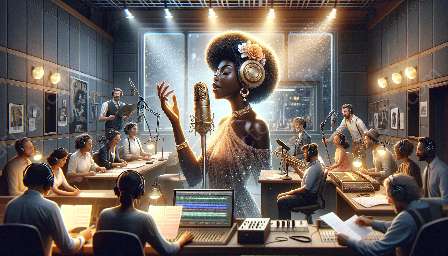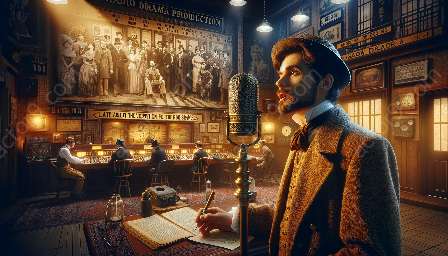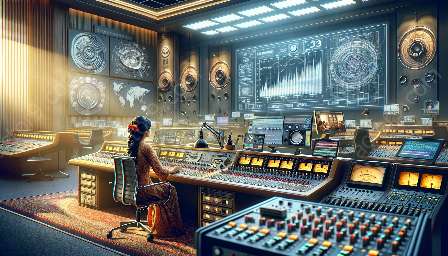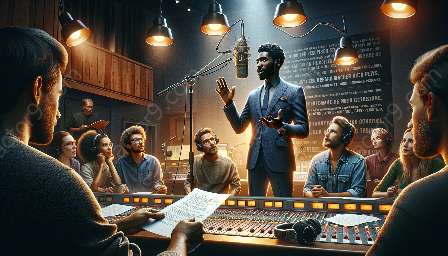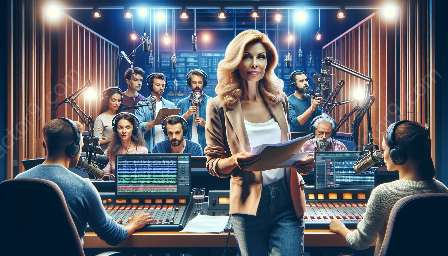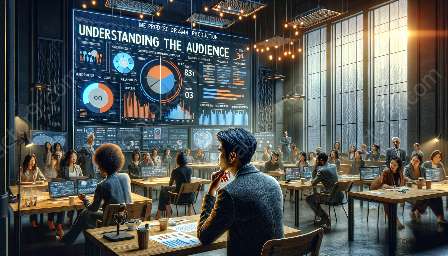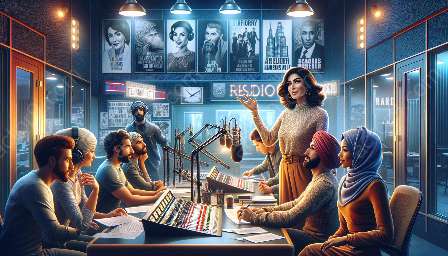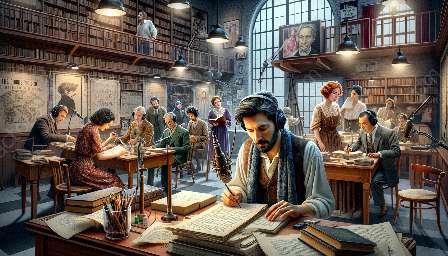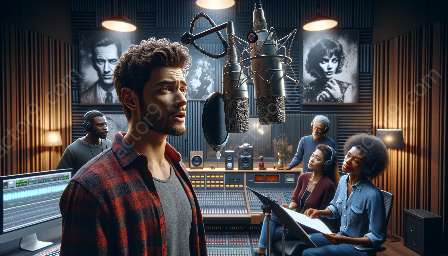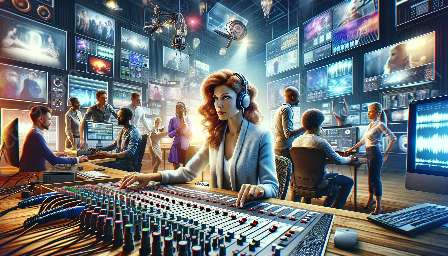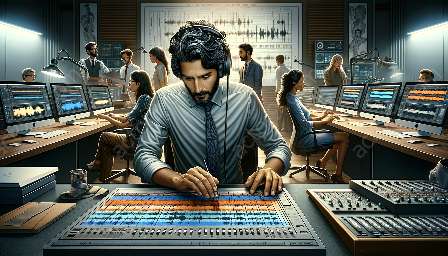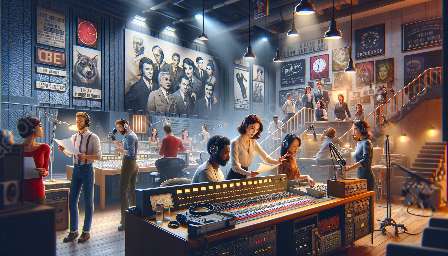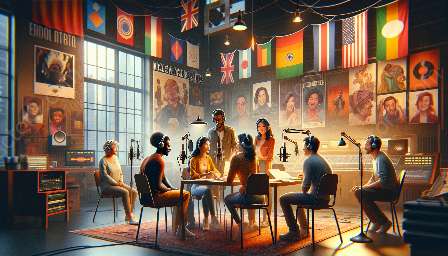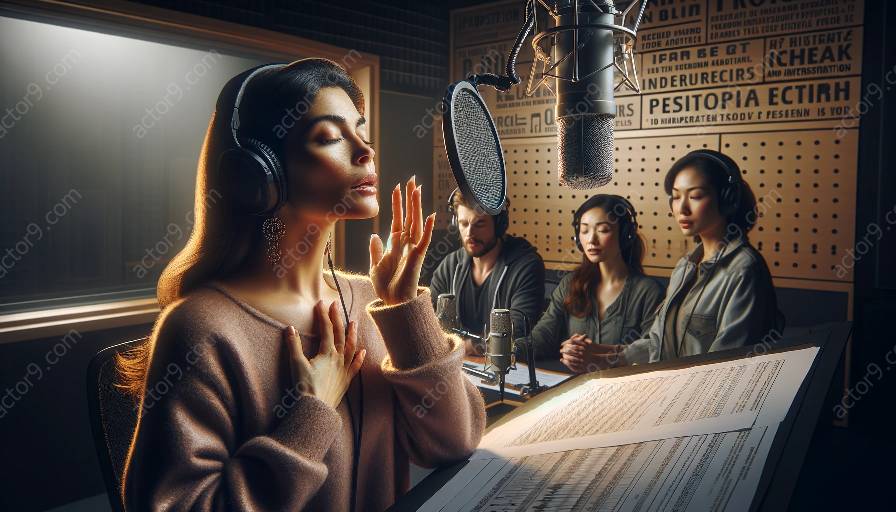Radio drama is a compelling medium that thrives on the power of words and non-verbal communication. In this article, we explore the intricacies of how actors express non-verbal cues in radio drama performances, its impact on interpretation and performance, and its relevance to radio drama production.
Understanding Non-Verbal Communication
Non-verbal communication encompasses facial expressions, gestures, posture, tone of voice, and other subtle cues that convey emotions, thoughts, and intentions without using words. In radio drama, where the visual aspect is absent, actors rely on the richness of their vocal performance and sound effects to bring non-verbal communication to life.
The Art of Vocal Modulation
One of the key techniques for conveying non-verbal communication in radio drama is vocal modulation. By varying pitch, tone, and pacing, actors can effectively express a wide range of emotions and moods without the need for visual cues. Through vocal inflections, they can convey joy, sorrow, fear, excitement, and more, adding depth and authenticity to their characters.
Embodying Characters Through Sound
Radio drama actors must master the art of embodying characters through their voice and vocal nuances. By immersing themselves in the mindset of the characters they portray, they can project the necessary non-verbal cues through the power of sound alone. This requires a deep understanding of the character's personality, motivations, and emotional state.
The Role of Sound Effects
Sound effects play a pivotal role in enhancing non-verbal communication in radio drama. From footsteps to door slams, from ambient sounds to environmental cues, these auditory elements complement the actors' performance and add layers of non-verbal expression, painting a vivid mental image for the audience.
Relevance to Interpretation and Performance
Effective non-verbal communication in radio drama significantly influences the interpretation and performance of the script. Actors who skillfully convey non-verbal cues can evoke powerful imagery and emotions, allowing listeners to fully immerse themselves in the narrative. This deep level of engagement is essential for maximizing the impact of the story.
Challenges and Techniques in Radio Drama Production
For radio drama producers, the effective portrayal of non-verbal communication poses unique challenges. They must curate soundscapes and atmospheres that complement the actors' performances, ensuring that the non-verbal cues are vividly conveyed through sound design. This involves meticulous planning and coordination to create a cohesive auditory experience for the audience.
The Evolution of Non-Verbal Communication in Radio Drama
In the digital age, the evolution of audio technology has expanded the possibilities for conveying non-verbal communication in radio drama. From binaural recording techniques to spatial audio, producers and actors have access to innovative tools that enhance the immersive quality of non-verbal cues. This evolution continues to shape the future of radio drama performance and production.
In conclusion, the art of effectively conveying non-verbal communication in radio drama performance is a captivating blend of vocal finesse, emotional depth, and imaginative soundscapes. It intertwines with interpretation, performance, and production, shaping the nuanced world of radio drama and offering endless creative potential.

